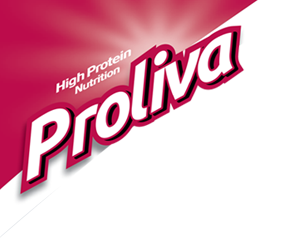-
Complete story on the buzz about plant protein | montrosepress.com
10.01.2018Plant protein can be a less expensive and more sustainable protein source than animal protein. Consuming plant proteins can promote health and reduce disease risks. Some people prefer to eat a plant-based diet.
However, just because a food label says a product contains protein, plant protein or has added protein, doesn’t mean it will meet all your needs. Dietary proteins are not all the same.
Protein is made up of amino acids. Our bodies make some, but others we need come only from foods we eat — essential amino acids. Foods that contain essential amino acids are considered complete proteins.
Animal sources of complete protein include dairy milk, cheese, eggs, meats, poultry and seafood. Plant sources are limited to amaranth, quinoa and soy.
Most plant foods — beans, peas, grains, nuts, seeds and vegetables — are incomplete proteins. They’re short on one or more essential amino acids, making the protein imbalanced.
The best way to get adequate protein with plant foods is to eat a variety of them throughout the day and to seek out complementary proteins that make up for each other’s lack of specific amino acids. It’s not complicated; we’ve been doing it for years.
Complementary protein meals include beans and rice, and peanut butter on whole-grain bread. Newer combos are hummus and pitas, and tacos with lentils or beans. Try this Chipotle Black Bean and Rice Burgers recipe for a vegetarian complete-protein meal.
There’s a variety of new products touting protein that may or may not be helpful. While dairy and soy milks are complete proteins, other plant-based “milks” are often poor sources. A few new nut “milk” products include a blend of one or more nuts to increase protein, but they aren’t complete on their own.
Protein snacks are popular, but don’t assume they’re always a good choice. Chips made from beans, lentils or chickpeas have more protein than potato chips, but they’re still chips. Chocolate-covered nuts or chickpeas contain protein, but they’re a dessert snack.
While these snacks can be tasty, watch portions to keep calories under control. Read the label for protein as it can vary from 4 grams to 14 grams per serving.
Whole-grain pastas can be more healthful food choices, but they’re incomplete proteins, too. Pasta made from lentils, peas or chickpeas alone aren’t complete, either. However, some new products blend wheat flour with flour made from lentils peas or chickpeas to make a complete protein — no meat sauce required.
Source: Practical Nutrition: Complete story on the buzz about plant protein | Lifestyles | montrosepress.com
Latest Blog Post
- Sugary Drinks Linked to a Higher Cancer Risk
- The Latest Research on Protein and Muscle-Building
- 27 Health and Nutrition Tips That Are Actually Evidence-Based
- Tall order: More to good growth in toddlers than just measurements
- Millions of cardiovascular deaths attributed to not eating enough fruits and vegetables

